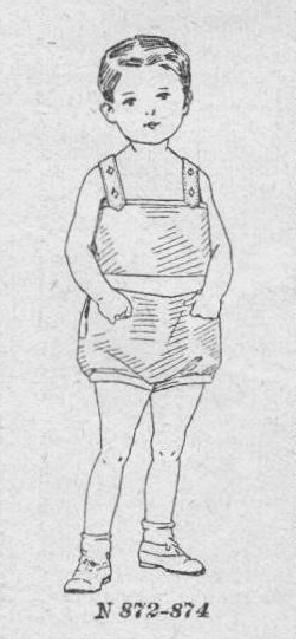
Figure 1.--This is underwear done like a romper suit. It was offered in the Italian 1928 E. Frette catalog. The compamy had a reputation for quality linnen products. |

|
Linen is the fabric woven from flax yars. One of the earlist plants used in the manufacture of clothing is flax. And it was one of the most importsant fabric until the modern age. The flax plant is associate with the dawn of civilization where is was cultivated as a crop for food and fiber. The flax plant was extensuvely used for the production of linen in Egypt and other ancient civilizations and is still used today. During the Middle Ages it waxs extremely important, more importsnt thszn cotton. This was because cotton was less available an more imoortant. Cotton could not bre griwn in Europe snd weas expensive to process. It was consudered a luxury fabric. The production and use of linen was significantly affected by Eli Whitney's invention of the cotton gin in 1793. This reduced the cost of processing cotton, below that of lkinnen. Today linnen is more expensive and production is a small feaction of cotton. Garments done in linenin such as shirts are seen as high quality gsarments. The same is true of biotiques offering fine children's clothing.
One of the earlist plants used in the manufacture of clothing is flax. The flax plant is associate with the dawn of civilization where is was cultivated as a crop for food and fiber. The flax plant has very small leaves, blue flowers and stems about 0.5 meters tall. The flax plant was extensuvely used for the production of linen in ancient Greece and is still used today. The Egyptians pulled out of the ground, not cut. The backbreaking labor was done mostly by men. Half-ripe flax stems made the best thread. If the stems were too ripe, they were
used for mats and rope. Flax stems were soaked for several days. The fibers were separated and then beaten until soft. The
spinner would attach flax fibers to the spindle which would then twisted into strong thread. The actual weaving of linen fabric
was done on a loom. A loom is a frame made of two beams held by four pegs in the ground. White linen needed constant
washing. It was washed in the river or canal, rinsed, then pounded on a stone, and, bleached in the sun.
The flax plant was extensuvely used for the production of linen in Egypt and other ancient civilizations and is still used today. The Egyptians used linnen for bed sheets, diappers, sails, and even wrapped their mummies in linen. White linnen was a symbol of divine light and purity and associated with the mother goddess Isis. All ancient Egyptians, rich or poor, male or female, wore linen clothing. The
lists of offerings in tombs almost always mentions linen as something that the deceased would need in the next world.
The production and use of linen was significantly affcted by Eli Whitney's invention of the cotton gin in 1793. Until that time cotton was a relatively expensive fabric because of the costly proces of separating the cotton fibers from the seeds to which they were attached. With the cotton gin and the mass producion of otton fabric as a result of the Industrial Revolution, the cost of cotton fabric fell to levels below that of linen. Cotton gradually increased in importance in the production of clothing, although the production of linen fabric and clothing never disappeared. The terminology emphasizing linens continued to be used, such as "linens" and "linen closset".
A good example of a linen garment is a boy's sailor tunic suit worn by an American boy about the tur of the 20th century. It was made in white linnen. The tunic as with all such tunics had long sleeves. It had basic sailor styling with a "V" front collar and back flap. The "V" front is cut much deeper than on a normal middly blouse. The tunic is all white without any colored detailing as well. It was probably worn with a matching white linen belt, although it is not shown here. The
matching white linen bloomer knickers have elasticized legs. They
seem to have been made to wear above the knees. They opened at the side with two buttons to put on or take off. There are no pockets on the tunic, nor do they appear to be any on the bloomer knickers. Note that there is no label in the tunic or bloomer knickers. Labels were at the turn of the 20th century still not common in clothing.
Navigate the Boys' Historical Clothing Web Site:
[Return to the: Main fabric A-L page]
[Return to the: Main material page]
[About Us]
[Introduction]
[Activities]
[Biographies]
[Chronology]
[Clothing styles]
[Countries]
[Girls]
[Theatricals]
[Topics]
[Bibliographies]
[Contributions]
[FAQs]
[Glossaries]
[Images]
[Index]
[Links]
[Registration]
[Tools]
[Boys' Historical Clothing Home]
Navigate the Historic Boys' Clothing Web chronological pages:
[Ancient civilizations]
[The mid-17th century]
[The 1840s]
[The 1860s]
[The 1900s]
[The 1930s]
[The 1940s]
[The 1950s]
[The 1960s]
[The 1970s]
[The 1980s]
[The 1990s]
[The 2000s]
